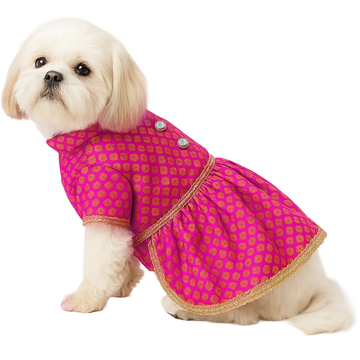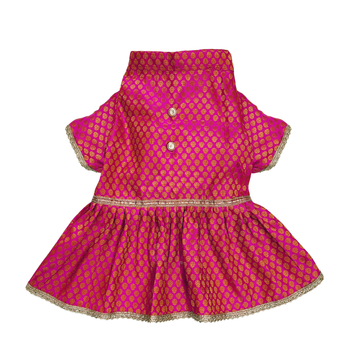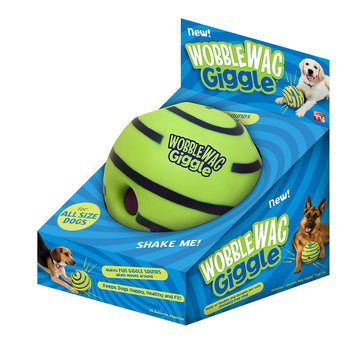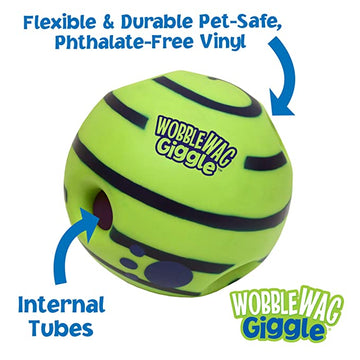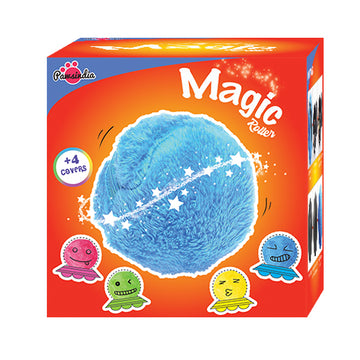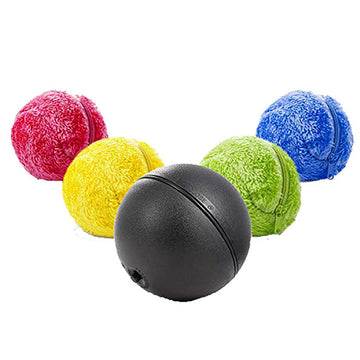CANE CORSO

CANE CORSO
| BreedHighlighs: |
|
The Cane Corso is an Italian breed of mastiff. It is usually kept as a companion dog or guard dog; it may also be used to protect livestock. In the past, it was used for hunting large game, and also to herd cattle.
|
| Weight: |
| 40 – 50 kgs |
| Height: |
| 58 – 70 cm |
| Life Expectancy: |
| 10 – 12 years |
| Litter Size: |
| 4 – 6 puppies |
| Breed Appearance: |
|
Large, muscular, and somewhat majestic in appearance, the cane Corso’s size and strength are its dominating features—and, of course, among the reasons, he's a popular choice for watching over his owners and property. Known for broad chest, wide skull, and wrinkly forehead. Their floppy ears give them a particularly cute look. When it comes to Cane Corso colours, the dog's short, double-layered coat could be black, grey, fawn, red, or brindle. The texture of the coat is coarse, thick, and sometimes tufted—and some even compare it to the coat of a cow. The dog's almond-shaped eyes vary in colour and can be different shades of brown, or even a striking yellow or blue. |
| History: |
| In the days of the Roman Empire, Romans took such a liking to a big-boned, Greek working breed called Molossus dogs that they brought them home from the Greek islands to breed with Italian canines. That dog is the ancestor of the Cane Corso. In the early days, the mighty Cane Corso played a role in the military, and, according to the AKC, "were used as dogs of conquest who earned their stripes as 'pireferi,' fearless dogs who charged enemy lines with buckets of flaming oil strapped to their backs." In more modern times, they took on "tamer" roles in Italy, such as hunting wild boar, driving livestock, and guarding farms. In the mid-to-late 1900s, the breed was facing extinction as life changed in the Italian countryside, and a group of Italians came together to focus on breeding efforts. It wasn't until 1988 that the cane Corso arrived in the U.S. |
| Originally: |
| The Cane Corso originated in Italy and can be traced back to ancient times. The molossus, a now extinct mastiff-type dog, is an ancestor of the Cane Corso and similar mastiff-type dogs. Throughout its early history, the Cane Corso acted as a guard dog, war dog, and skilled hunter of the various game (including very large games). Its name is derived from the Italian word for dog, cane, and the Latin term cohors, which means "protector" or "guardian." A significant decline of the Cane Corso breed was brought on by World Wars I and II, but small numbers of the dogs still existed. During the 1970s, Cane Corso enthusiasts sparked a revival of the breed. The first Cane Corso dogs arrived in the U.S. in 1988. |
| Currently Used As: |
| A Cane Corso is best adopted by a person who is familiar with dog training rather than a first-time owner. Proper training and socialization are essential for all Cane Corso. With a natural aversion to strangers and a tendency to be territorial, you must be diligent and consistent while training. This is also crucial because of the dog's giant size; careful attention should be placed upon the prevention of jumping, leaning, and leash-pulling. The Cane Corso is intelligent and hard-working, so it should not be difficult for this breed to learn. |
| Training: |
| Corsos are extremely intelligent and need consistent, lifelong training from an owner who will be clear about expectations. If they aren’t given direction, they will act on instinct, which is to treat anything outside of their family unit and property as a potential threat. Socialization must start at a young age and continue throughout their lives. It’s important to introduce your dog to as many people, noises, situations, and everyday items as possible, in a calm and controlled manner. |
| Health&Care: |
| Corsos are generally healthy, but like all breeds, they’re prone to certain health conditions. Not all Corsos will get any or all of these diseases, but it’s important to be aware of them if you’re considering this breed. The Corso can be prone to hip dysplasia; eyelid abnormalities such as entropion, ectropion, and cherry eye; demodectic mange (which can be heritable); and gastric torsion, also known as bloat. Regardless of how healthy your dog is when you first bring them home, you should prepare for any issues that may come up throughout their life. A pet insurance plan can help you stay ready for any of your dog's veterinary needs. |
| Living Condition: |
| Cane Corso’s are flexible with living arrangements. You can keep them outdoors with adequate shelter if you live in apartments. But you cannot leave them outdoors in high temperatures or severely cold weather. The Cane Corso can adapt to cold weather since its coat will get thicker in the Winter, however, they are not geared for extreme cold weather, for this reason, take some precautions. If the temperature is low, do not keep them out too long. |
| Excersie: |
| Your Cane Corso will need around two hours of exercise every day. This should include a couple of longer, brisk walks (or even a jog) with time to play off-lead somewhere secure. On top of this, they’ll love the chance to do lots of short training sessions throughout the day. |
| Grooming: |
| Cane Corso's benefits from routine bathing and grooming. This powerful dog can be bathed weekly up to every six to eight weeks depending on his lifestyle. The Cane Corso has a short coat, but it is not a single coated breed. The undercoat will be shed throughout the year |
| Pros: |
| Good family dog Easy to Groom Protective |
| Cons: |
| Large Require strong leadership Shorter lifespan |



